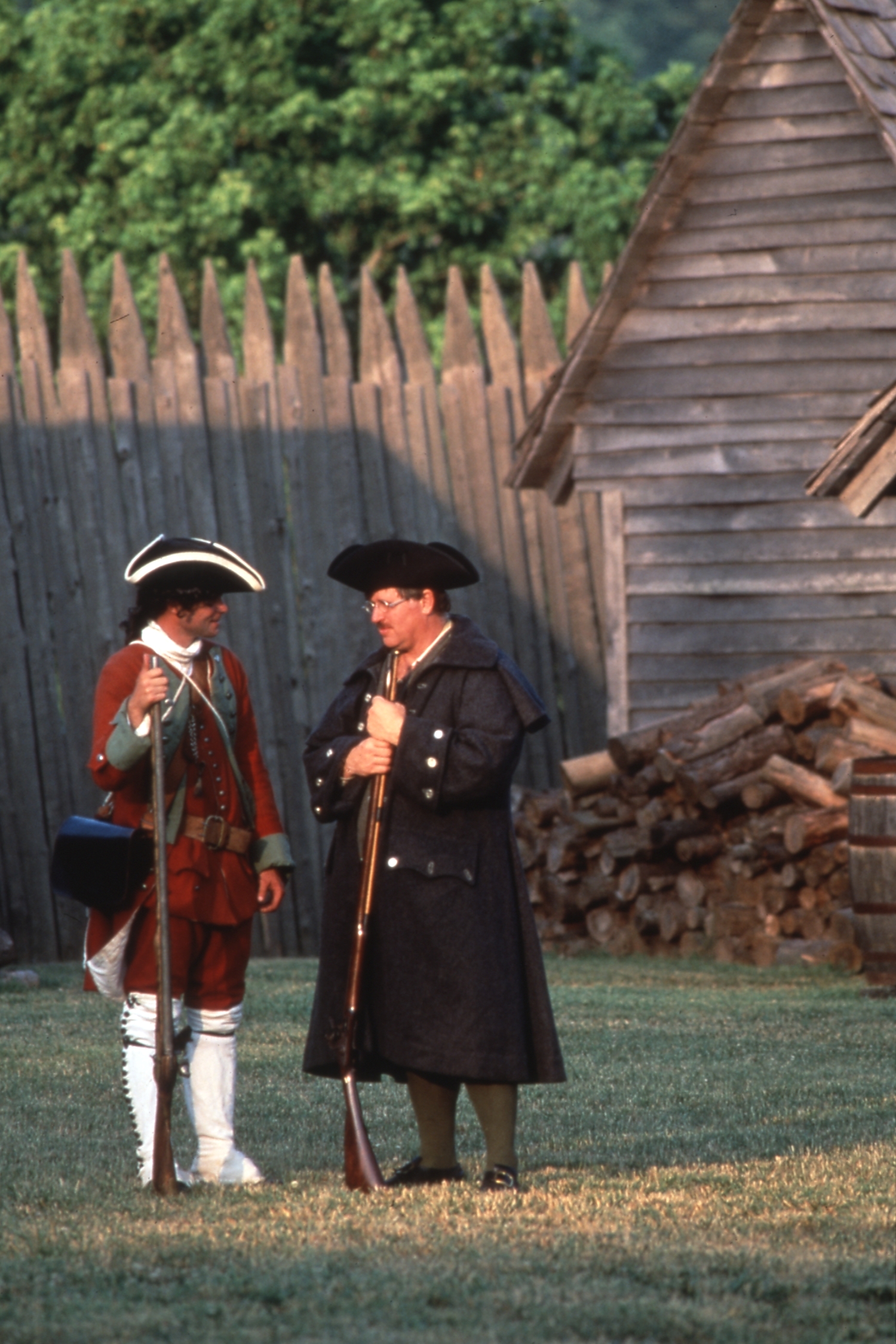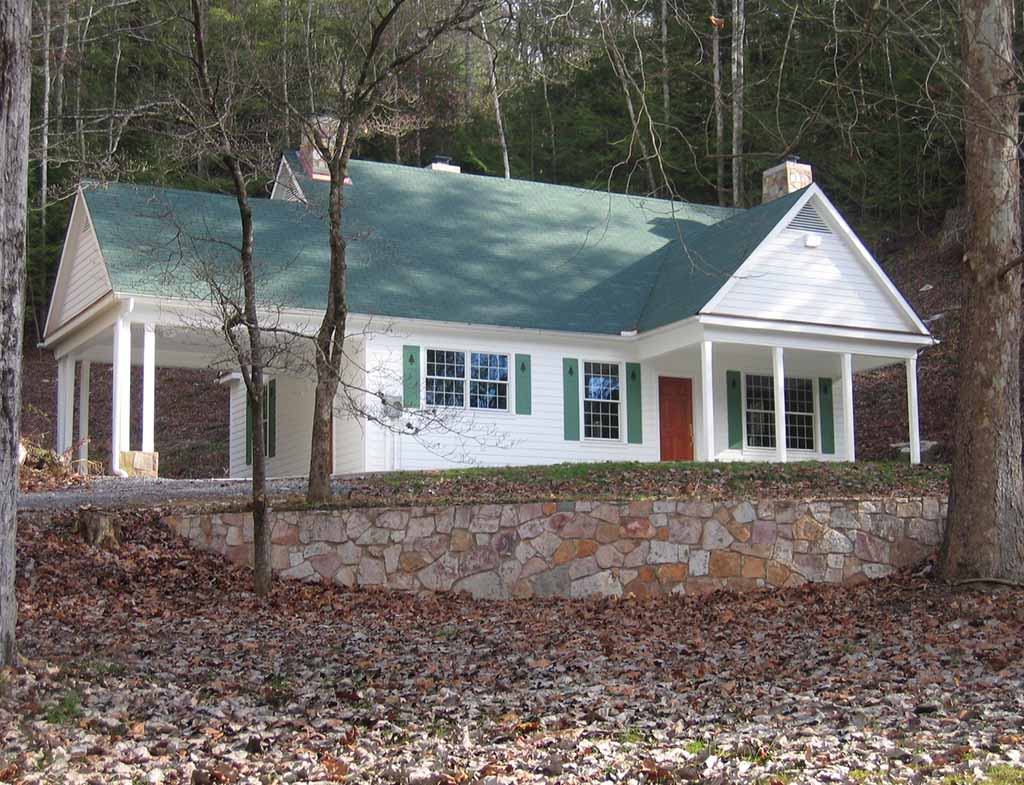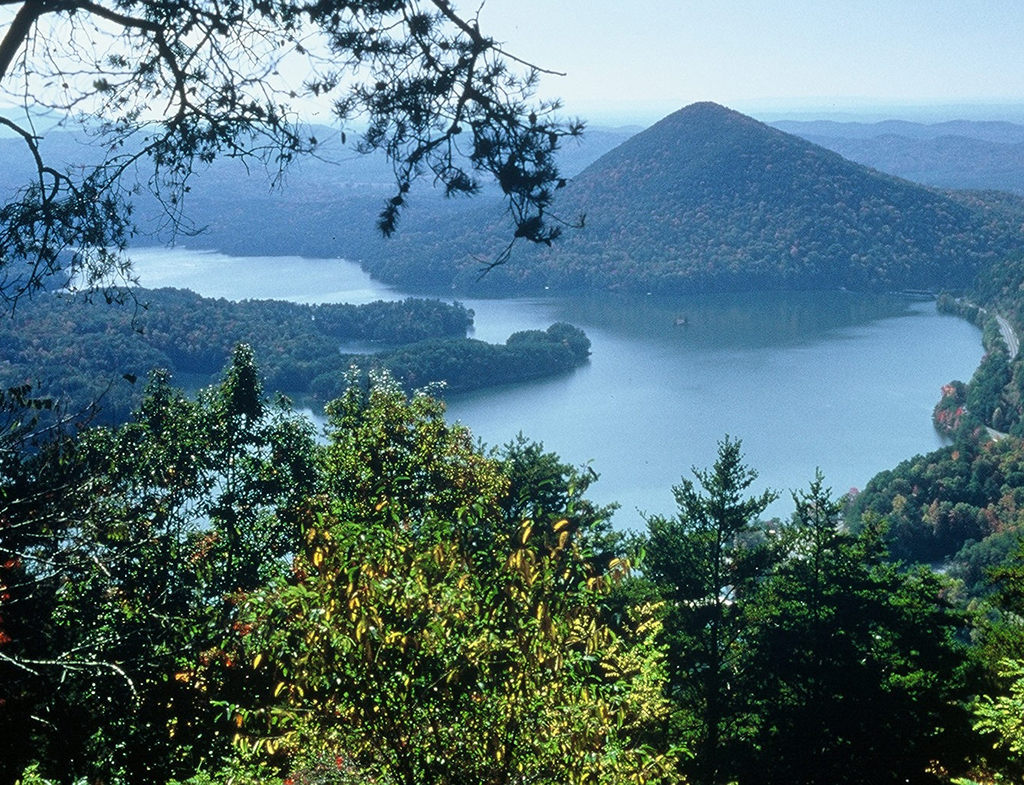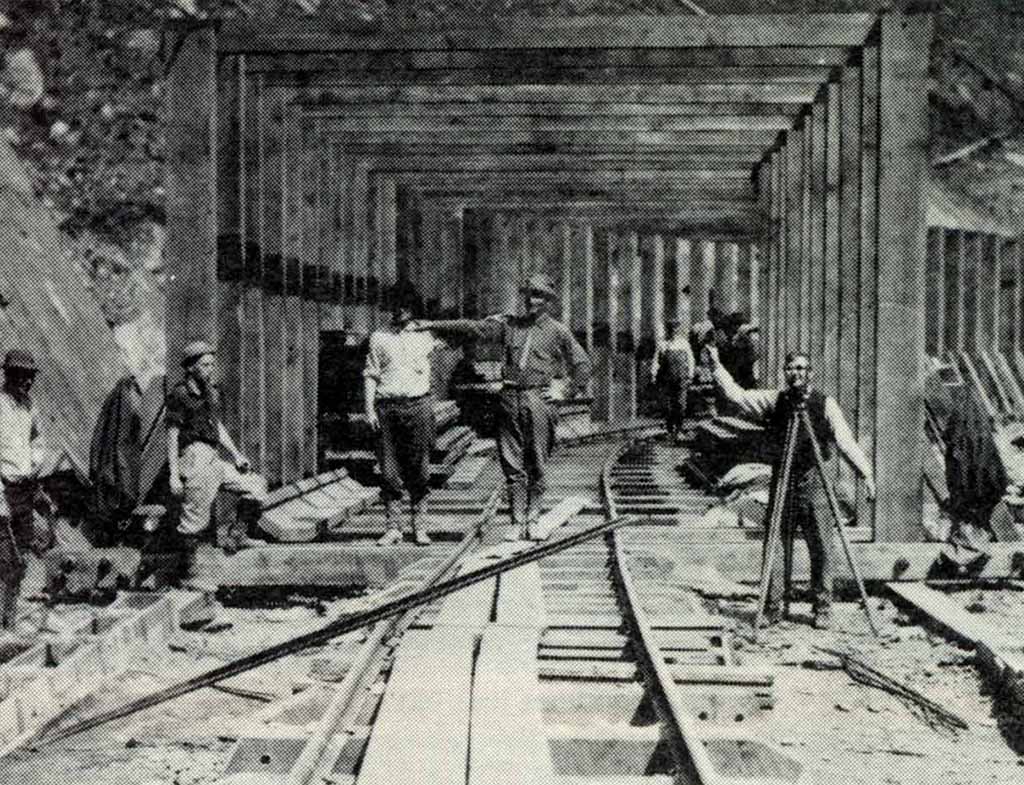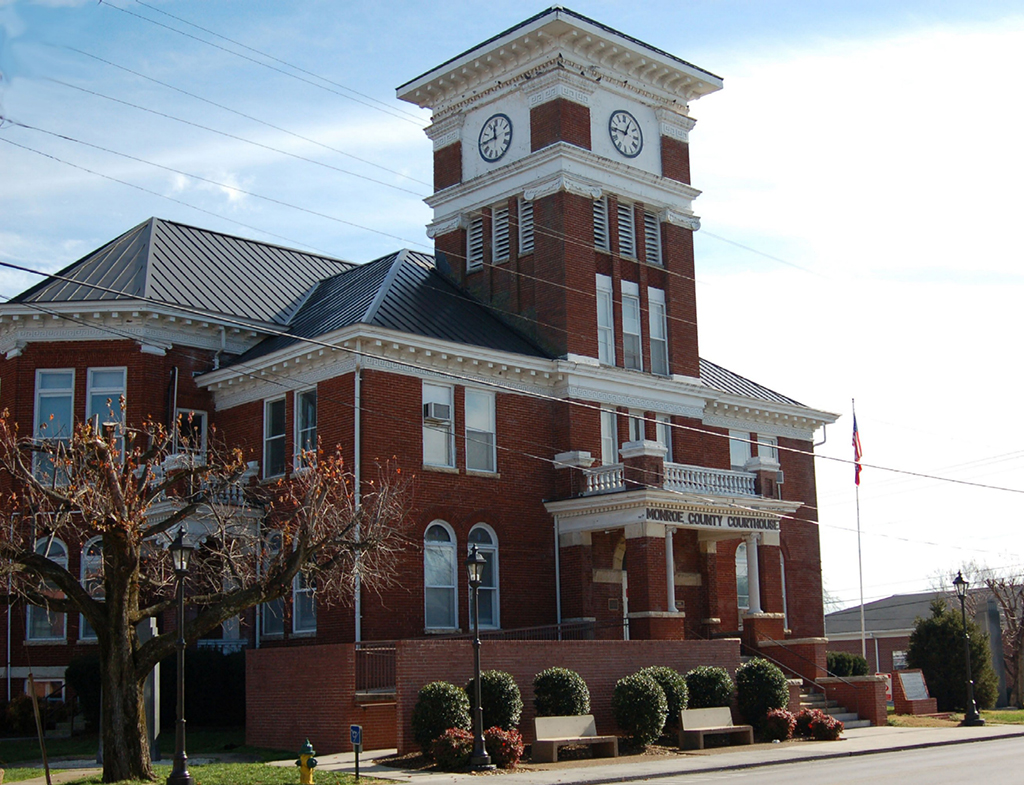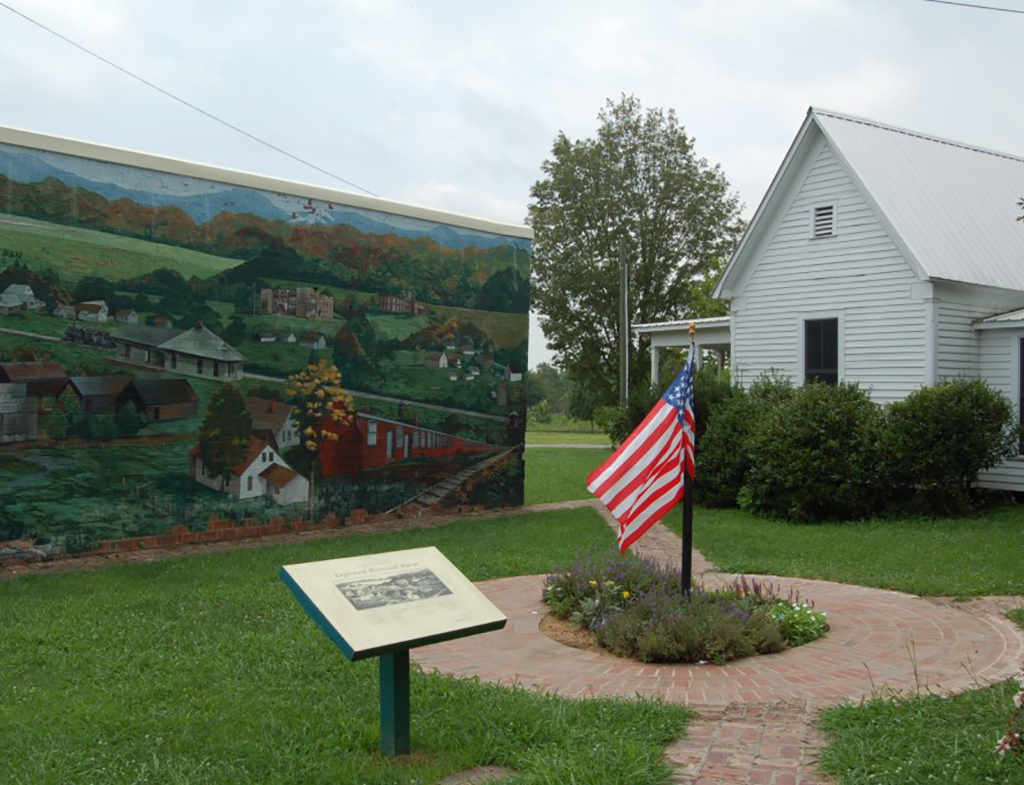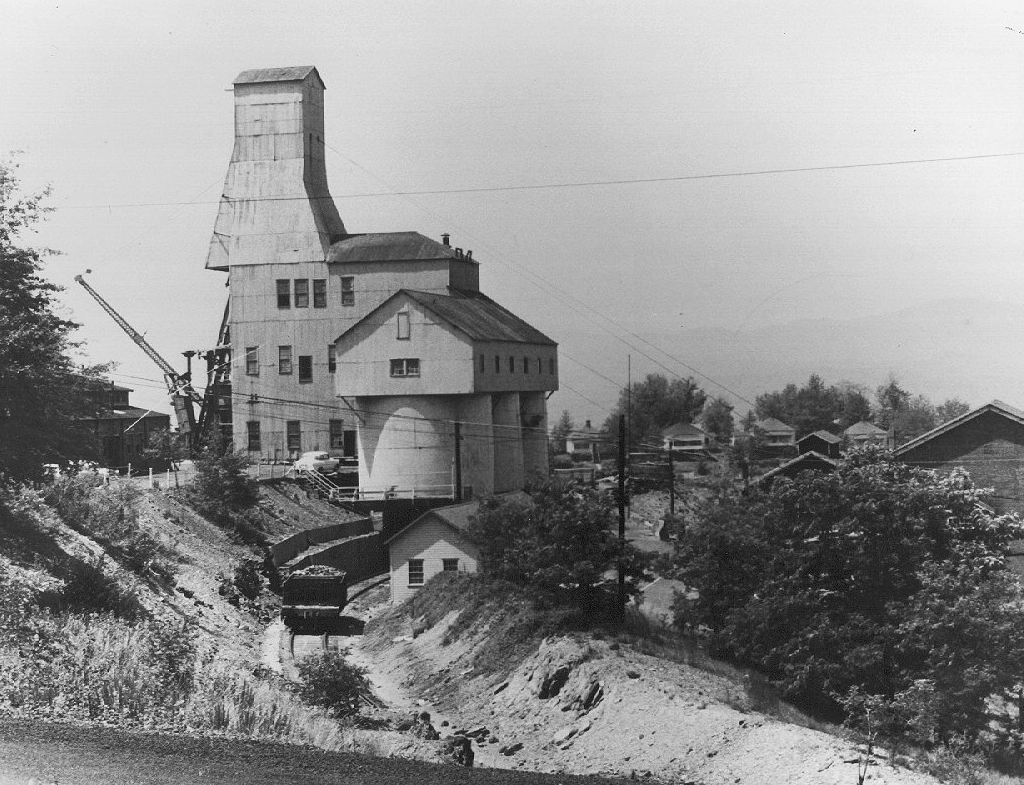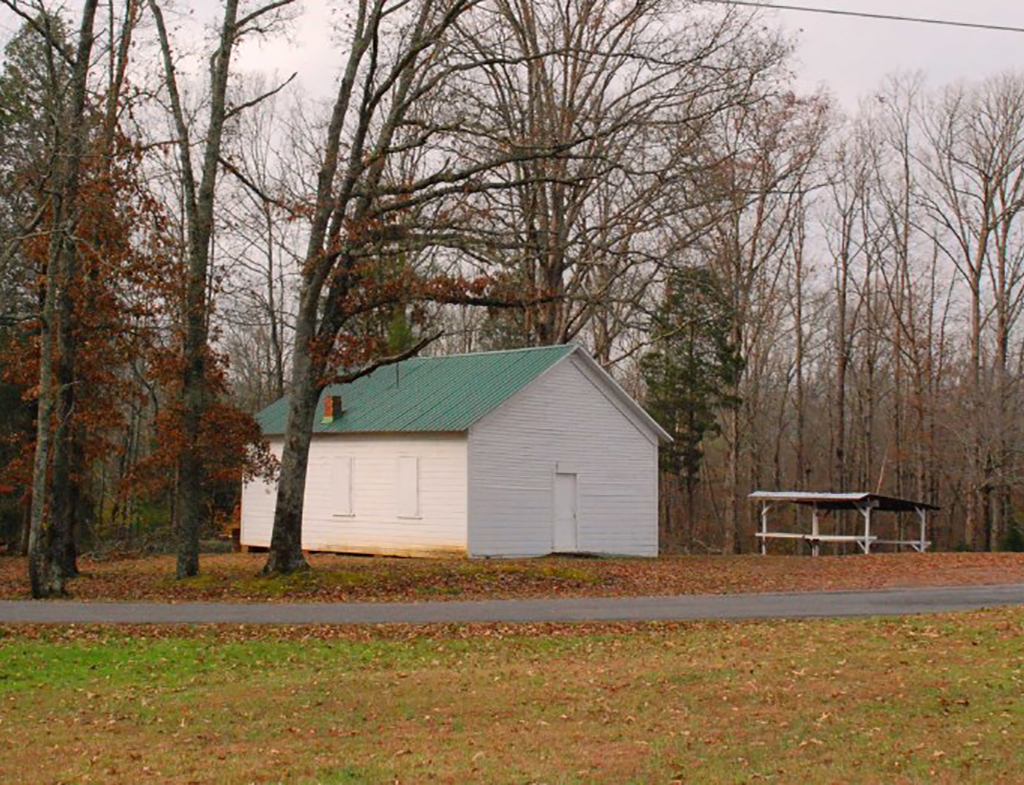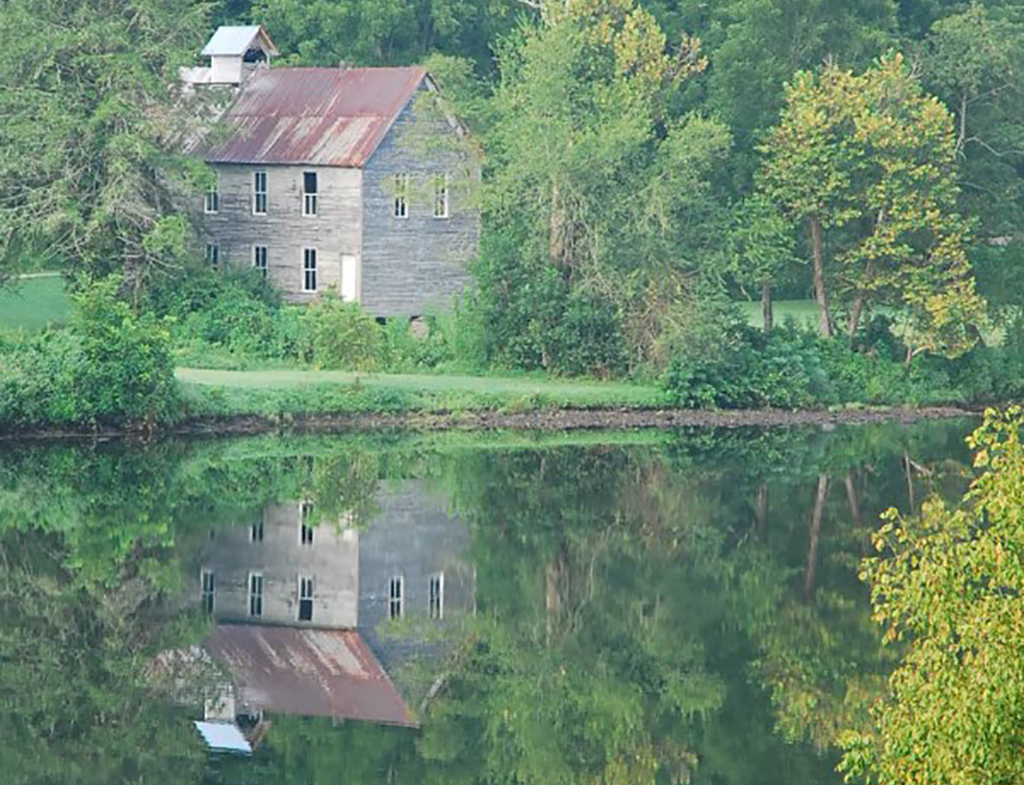One of the most compelling stories in the Tennessee Overhill is how the Industrial Revolution played out in this part of the Southern Appalachians. In the 1700s the Cherokee fur & hide trade opened this part of the southern mountains to the world market. European traders arrived, and were soon followed by settlers. By the mid-1800s the abundant water, timber,…
